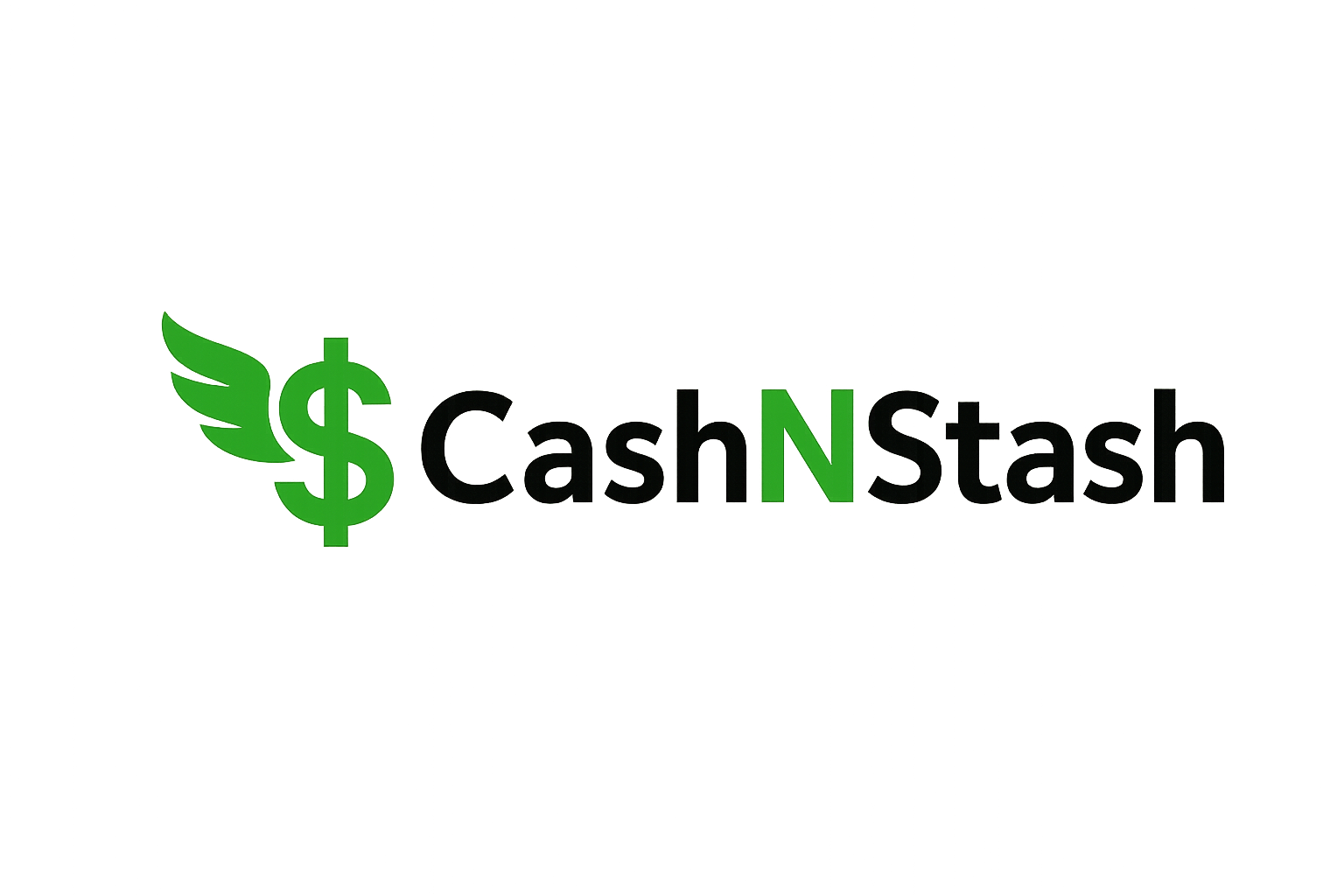Paying off debt can feel overwhelming, but the right budget can make the process clear and achievable. Instead of wondering where your money goes each month, a budget helps you take control, prioritize your payments, and chip away at balances with consistency. Whether you’re dealing with credit cards, student loans, or medical bills, creating a plan gives you both structure and motivation. In this guide, we’ll walk through practical steps to build a budget that accelerates debt repayment while still covering your essential needs.
Understand Your Debt Situation
The first step to paying off debt is knowing exactly what you’re dealing with. Write down all your debts, including credit cards, personal loans, student loans, or medical bills. Next to each, note the
- Total balance
- Minimum monthly payment, and
- Interest rate.
This snapshot shows you the full picture and helps you prioritize. Without it, you may end up paying randomly and wasting money on high-interest debt. Think of it as your starting map, you can’t plan the journey until you know the terrain.
For a strong foundation, read What Is a Budget: Understanding Budgeting.
Create a Realistic Budget
Once you’ve listed your debts, it’s time to build a budget around them. Track your monthly income and expenses, separating essentials like housing, groceries, and utilities from discretionary spending such as dining out or subscriptions. The goal is to free up as much money as possible for debt repayment, without leaving yourself short for necessities. A realistic budget balances both, covering what you need today while aggressively targeting what you owe. Even small adjustments, like cooking at home more often, can add extra dollars to your payments and speed up progress.
Make budgeting simple with Monthly Budgeting Made Easy: Step-by-Step Guide.
Choose a Debt Repayment Strategy
Not all debt should be tackled the same way. The two most popular approaches are the Debt Snowball and the Debt Avalanche. With the snowball method, you pay off your smallest balance first, gaining momentum and confidence as each debt disappears. With the avalanche method, you target the debt with the highest interest rate, saving more money over time. Both strategies work, the best choice is whichever keeps you motivated to stay consistent.
Stay on track by avoiding these 5 Common Budgeting Mistakes.
Cut Expenses and Redirect Savings
A key part of budgeting for debt repayment is identifying areas to cut back. Review your discretionary spending: unused subscriptions, frequent takeout, impulse purchases, or expensive entertainment. Every dollar you save here should go directly toward debt payments. For example, cutting $50 in dining-out expenses could mean paying down an extra $600 of debt in a year. These small shifts add up quickly and create meaningful progress.
Need help organizing categories? See Budgeting Basics: What Is The 50/30/20 Budget Rule.
Increase Your Income
While cutting expenses is powerful, boosting your income can supercharge your debt payoff. Consider picking up a side hustle, freelancing, or selling items you no longer use. Even part-time work or a few extra hours a week at your current job can make a big difference. The extra income doesn’t have to be huge, what matters is that every additional dollar goes straight toward debt, accelerating your progress and shortening your repayment timeline.
Explore 10 Online Side Hustle Ideas To Start With No Experience.
Build an Emergency Fund Alongside
It may feel counterintuitive to save money while paying off debt, but an emergency fund is crucial. Without one, an unexpected expense like a car repair or medical bill could send you back into debt. Aim to set aside at least $500 to $1,000 as a starter fund while focusing on repayment. Once your debt is under control, you can expand that cushion to three to six months of expenses. This safety net keeps your progress secure.
Here’s how to start What’s An Emergency Fund And How To Build One.
Stay Consistent and Motivated
Paying off debt is a marathon, not a sprint. Staying motivated can be tough, which is why tracking your progress matters. Celebrate milestones, whether it’s paying off your first credit card or reducing your total balance by 25%. You don’t need to splurge to reward yourself; something simple like a small treat or outing can mark the accomplishment. Remember, consistency is what ultimately frees you, and every payment gets you one step closer.
Summary
Budgeting is the foundation of becoming debt-free. By understanding your debt, creating a realistic plan, choosing a repayment strategy, and making consistent payments, you’ll steadily reduce what you owe. Combine expense cuts, extra income, and a small emergency fund to stay protected along the way. Debt repayment takes patience, but with discipline and a clear budget, financial freedom is within your reach. Start today, and let each step build the momentum toward a debt-free future.
For smarter financial habits, check 5 Key Components of Successful Budgeting.
FAQs
Should I pay off debt or save for retirement first?
If you have high-interest debt (like credit cards), prioritize paying it down while at least contributing enough to your retirement plan to get any employer match. Once high-interest balances are under control, you can shift more toward retirement savings.
Is it better to consolidate debt before budgeting?
Debt consolidation can help if it lowers your interest rate and simplifies payments. But it only works if you also commit to a realistic budget, otherwise, you risk running balances back up.
Can I use credit cards while paying them off?
It’s best to avoid adding new charges while repaying debt. If you must use a card, try to pay the balance in full each month to prevent new interest from piling up.
How do I stay disciplined when unexpected expenses come up?
That’s where a starter emergency fund helps. Having $500–$1,000 set aside lets you handle small surprises without derailing your debt repayment progress.
What if I feel overwhelmed by multiple debts?
Start small. Even making minimum payments plus a little extra on one balance builds momentum. Using the snowball method (paying off the smallest first) can help you feel progress quickly.
Can side hustles really make a difference in debt repayment?
Yes. Even an extra $100–$200 a month applied consistently toward debt can shave months or years off your repayment timeline, especially with high-interest balances.
How long does it usually take to become debt-free with a budget?
It depends on your total debt, income, and consistency. Some people see major progress within a year, while others need several years. What matters most is sticking to your plan without giving up.

